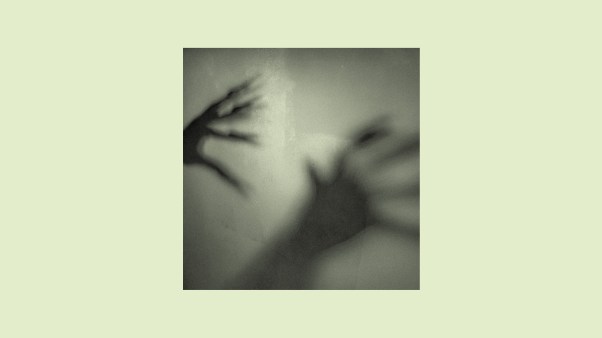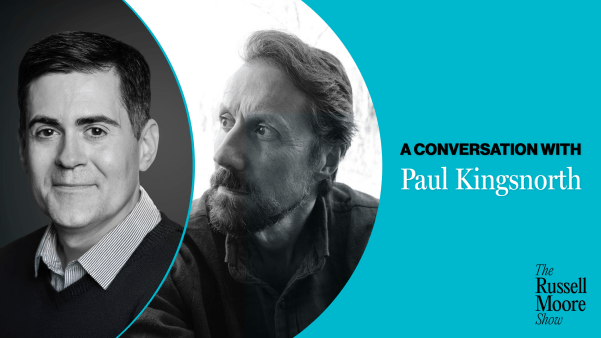It’s a case of ironic timing: while media are enthralled by the prospect of another royal wedding, the Los Angeles Times reports that Disney’s newest animated feature, Tangled, marks the end of its fairy tale era. (Disney countered that “the Disney fairytale,” at least, is alive and well.)
According to writers Dawn C. Chmielewski and Claudia Eller, young girls aren’t that interested in playing princess anymore. The ideal of “femininity” has been supplanted by TV “tweens” such as Miley Cyrus and striving to be “cool” or “hot.” Chmielewski and Eller say such ideals have replaced the princess tropes, which revolve around “finding the man of your dreams.”
In my opinion, the modern pop starlet is just the less-clothed equivalent of the fairy princess, since little girls who dream of becoming Miley Cyrus are rarely thinking about the work involved in her job. So this doesn’t seem like a step forward to me. And even though idolizing a princess for marrying a prince doesn’t seem healthy, idolizing Lady Gaga is no better.
Disney’s attempt in Tangled to reinvent the tale of Rapunzel resulted in a much more traditional romance than Disney classics Snow White and Sleeping Beauty, which were about finding love while vanquishing evil. Mourning the possible “end of fairy tales,” pastor Mike Cosper notes at The Gospel Coalition that they introduce children to the idea of meta-narrative. He writes, “Maybe the idea of being part of a larger story (like the redeemed kingdom of Sleeping Beauty) doesn’t connect to a world of narcissism, where the story is all about us (like Hannah Montana).” Likewise, First Things notes that Tangled effectively loses the moral context of the traditional fairy tale, in part by “streamlin[ing] its heroine, who still lives in a medieval tower, into a girl of contemporary spunk, daring, and godlessness.”
But is this modernization or just updated myth-making? Tangled hues closely to a more recent prototype: the sheltered, straight-arrow female loosened up by the worldly male (i.e., the “slacker-striver romance“). The “prince” in Disney’s version is a thief—he steals Rapunzel away, get it?—who introduces the literally sheltered Rapunzel to the outside world. Even though Rapunzel magically rescues her love interest later in the movie, the prince essentially saves her soul from its previously desolate existence.
Lois Smith Brady noted in The New York Times that while modern teen girls aspire more toward pop stardom than princesshood,
Kate Middleton might make being a princess cool again. Unlike Diana, who was plucked from her already privileged life, Miss Middleton, a commoner (who looks uncommonly good in a bikini), has not been passive. She has worked for her fairy tale, which makes it more of a fairy tale.
In all fairness to Cinderella—who at least had the initiative to go to the ball and meet her prince—and to Middleton—who has to deal with the British press calling her “the oldest spinster ever to marry a future king”—we’re still talking about women distinguishing themselves according to whom they marry.
But I’m not satisfied recommending what has become simply another movie cliché : the female hero who “saves herself.” As a Christian, the idea of anyone saving herself is pretty ludicrous. Like Rapunzel in Tangled, we all need help sometimes taking the first step or trying new things. But fixating our dependence on one fallen person is the last thing little girls need to learn. And shifting that dependence from a future-tense hypothetical prince to a larger-than-life female pop star isn’t the answer.
It’s interesting to contrast the fiction of Tangled with Middleton. While Middleton should not have to set an example to us all, she does represent the reality of a (soon-to-be) princess. Middleton took eight years to make the decision to marry into the royal family. Judging by the media scrutiny and precedent, she’s probably marrying into more trouble than out of it.
“Miss Middleton is 28 and has had a great deal of time to ponder the potential consequences of marrying into a family not known for its high levels of emotional intelligence, “noted Sarah Lyall, also at The Times. Lyall makes an interesting point, because fairy tales and “happily ever after” endings don’t tend to take into account the consequences. Instead, they’re means of escape from the consequences: even in Tangled, the girl still needs rescuing. The movie aims for equality of the sexes by having the princess and her thief take turns saving each other, but doing so just models a new cliché .
There is an equal danger for us “modern women” to lean on our own ability to achieve. To me, one of the most intriguing struggles of the modern woman is the reconciliation of feminism and femininity. My six-year-old niece, who originally told me that superheroes were “for boys,” will now (after years of subtle prompting) pretend to save the world with me—often while wearing a tutu. I don’t discourage her from pretending to be a princess if she wants: not only because female superheroes have the downside of dressing about as modestly as a pop starlet, but because I finally understand that princesses have their place.
True equality—for man and wife and in other relationships—demands the give-and-take blueprint of yielding and obeying outlined in Ephesians 5:21-33. Princesses and superwomen both have to count the cost of their decisions. Their lives are made up of actions, not titles. I think that’s a lesson worth highlighting to young girls, who tend to learn a lot while playing pretend. And for me, it’s been a way to leave room for princesses, pretend or otherwise, in the land of “what if?”
CT Movies reviewer Todd Hertz gave Tangled three-and-a-half stars.








